Contents
- 1 What You Should Know About Low-Volume PCB Assembly
- 2 PCB and Assembly Types Applied in Small-Volume Production
- 3 Benefits of Small Volume Assembly
- 4 Design for Manufacturing in Low-Volume PCBs
- 5 Design for Testing in Low-Volume PCBs
- 6 Other Ways to Reduce Costs of PCB Assembly
- 7 How to Choose the Manufacturer
- 8 Conclusion
What You Should Know About Low-Volume PCB Assembly
When we say low-volume board assembly, we are talking about the number of boards manufactured. The actual Bill Of Materials (BOM) of a PCB gets fitted onto a board. The PCB assembly process remains the same, and the main idea of sticking to a small volume is to confirm whether the boards meet the client’s requirements.
In today’s market, manufacturing is a low volume on your applications and desires.
Small-volume assembly aims to optimize the board’s quality and iron out any issues that may appear. That is why techniques like DFM (design for manufacturing) and DFT (design for testing) are used in the process. They can make it easier to identify any problems, which can then be optimized before you go into mass production.
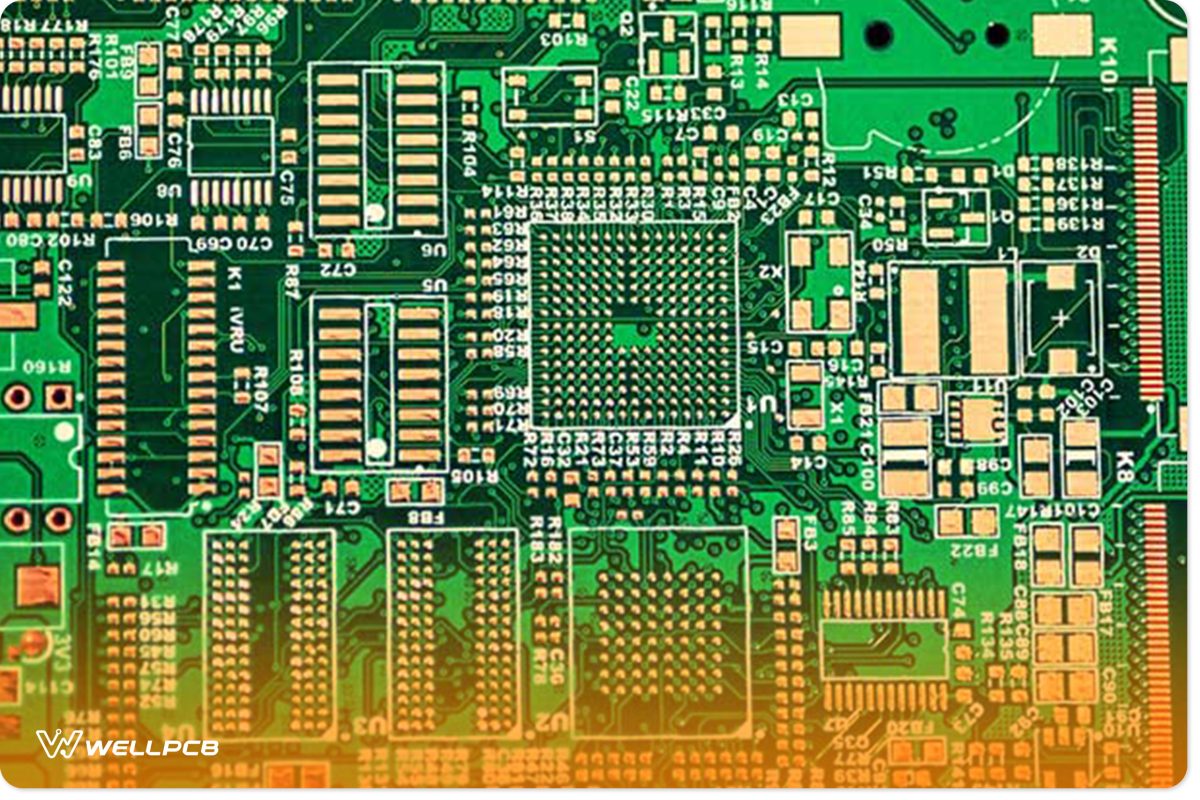
PCB and Assembly Types Applied in Small-Volume Production
For manufacturers, there is no difference in low-volume PCBs or mass production of the boards. They can still design the products in a way that will fit the client’s requests.
The three main types of the printed circuit boards include:
Rigid
Flex-rigid
We have flexible PCBs. Rigid boards are quite essential, but they are still trendy. Many manufacturers use specific strategies when designing rigid-flex boards. However, modern applications often require a certain amount of flexibility, so the clients often ask for flex-rigid, and WellPCB offers DC motor controllers in domestic and international markets.
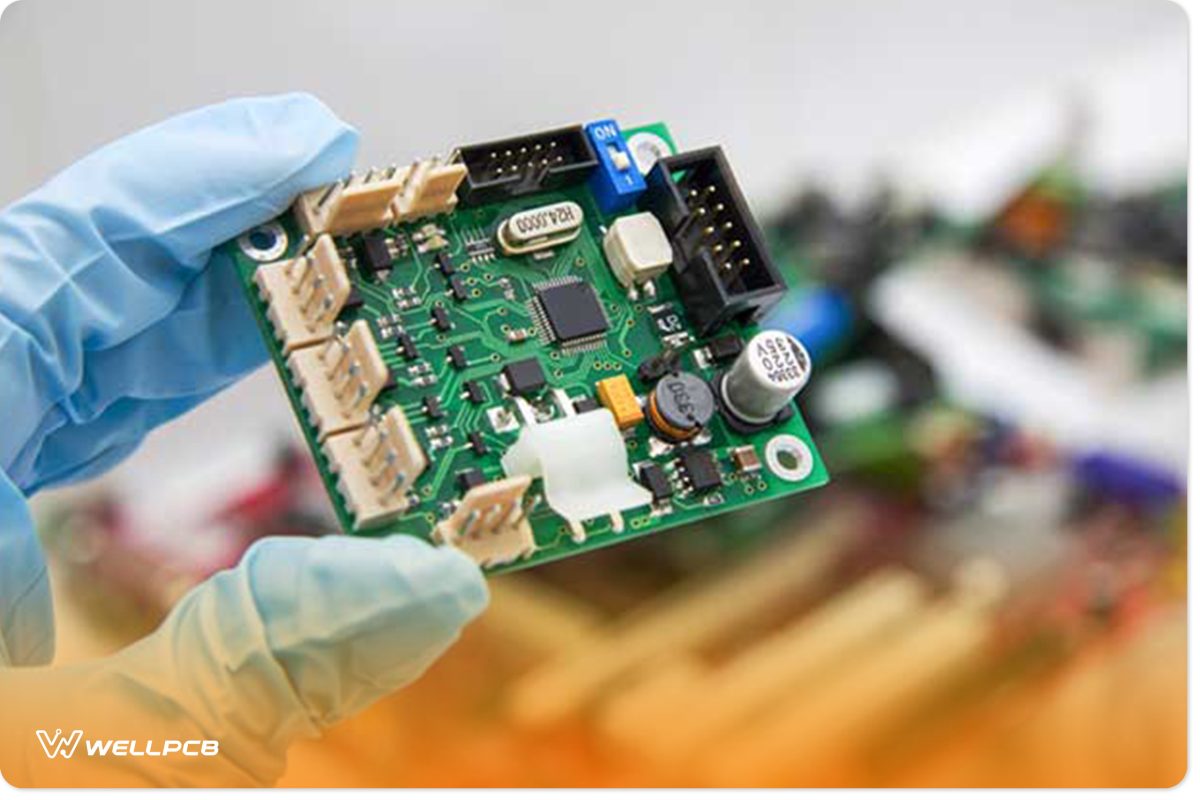
Benefits of Small Volume Assembly
Why would you need the low-volume PCB production method? We already mentioned potential savings thanks to this process, but here are some other benefits of the small-volume assembly:
♦ Possible design changes before going to mass production – if there is an issue, you can identify it on a lower number of boards. That way, you risk receiving thousands of flawed PCBs, and you can ensure that the design is optimized before heading into mass production.
♦ Rigorous testing – testing is the best way to prove that a board can meet the application’s requirements.
♦ Quality assurance – the ultimate desire of every client is to have a PCB that will perform well. Low-volume production will help to improve the overall quality and ensure that the board meets your expectations.
♦ Cost control – it is wise to design a small number of boards first. After ensuring everything works the way it was intended, you can proceed to mass production, knowing you will be spending money on reliable PCBs.
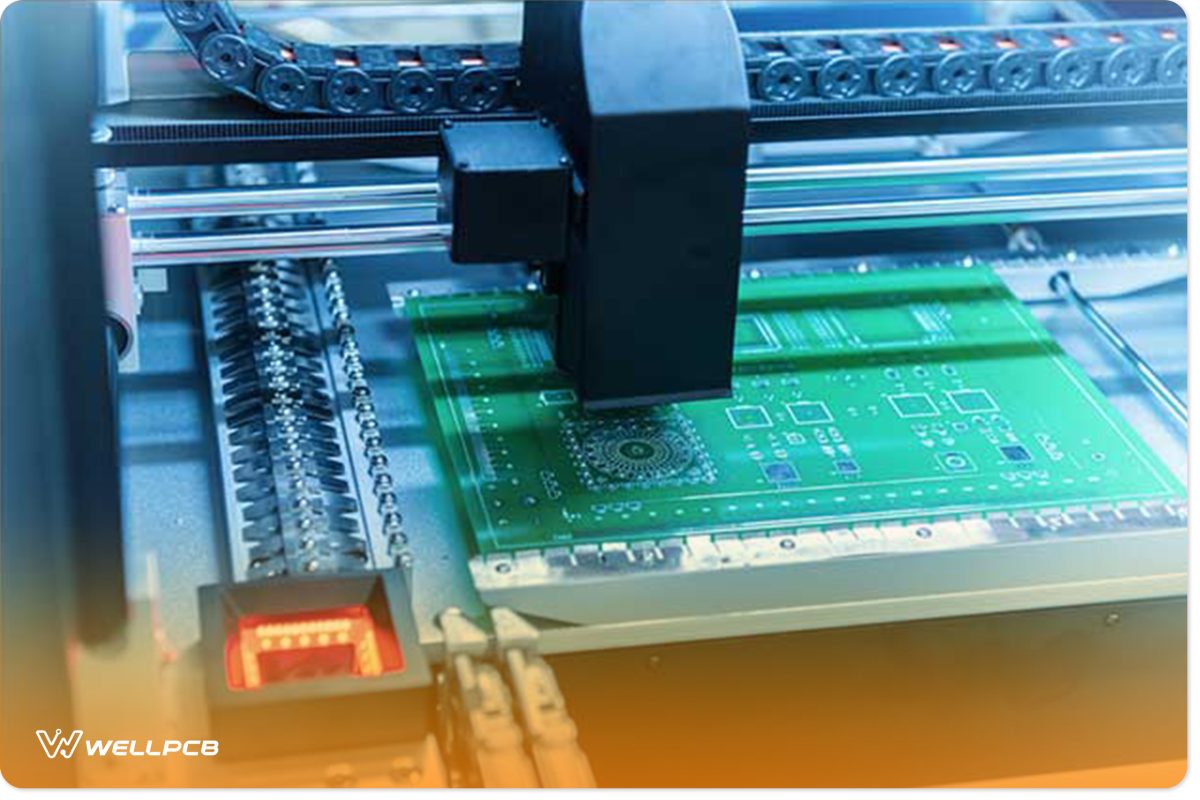
Design for Manufacturing in Low-Volume PCBs
If you want to ensure your product’s optimal quality, optimizing layout design for manufacturing is essential.
Believe it or not, the decision you make during this stage can affect both the quality and cost of your PCB production. You don’t want to end up with thousands of boards that have a fabrication error. That is why it is essential to detect any imperfections on time.
What Is Design for Manufacturing (DFM)?
It is a process of optimizing PCB design to stay free of errors during manufacturing and assembly. We can divide DFM into two different categories:
♦ Design for fabrication (DFF) takes care of all issues to do with manufacturing.
♦ Design for assembly (DFA) mostly focuses on dealing with issues that engineers may experience in design.
Implementing these strategies is vital for optimizing the entire process and ensuring that your product will hit the market quickly. Furthermore, it guarantees that your PCB will perform superbly.
Some of the standard practices you may want to apply include:
Keeping an optimal distance between the components
Including only the necessary parts to avoid overloading the board.
Choosing the right finish for your application
The good news is that the manufacturer can help you to get all these things right. They will analyze your Gerber files, diagrams, drawings, and other documents to suggest possible modifications.

Design for Testing in Low-Volume PCBs
This idea is to perfect your design so that it is ready for all the testing processes that may be expected by your board. During this stage, designers can suggest positions for test points on your PCB board.
The testing can include visual inspection, electrical testing, or X-ray inspection. The strategies applied in design for testing may vary from one project to another. The manufacturer may provide some insights on choosing the right testing methods and making DFT efficient.
Two Common Approaches in DFT
There are two approaches you can use in DFT:
♦ Design for Functionality Testing – in this case, the tests’ complexity depends on the procedures you choose and not on the board’s minutia. The easiest way to test the functionality is to turn on the board and wait for the display to show a particular message.
♦ Design for In-Circuit Testing – here, you need to keep track of current levels and proper voltage on the completed PCB. It is a more exact way of testing and identifying issues and where they originate.
Whether you choose a prototype or a low-volume Bill Of Materials (BOM) of a PCB, get fitted aboard. PCB assembly process, it is better to conduct testing on a small number of models. That is a smart way of reducing costs and ensuring everything will turn out fine once you move to mass production.
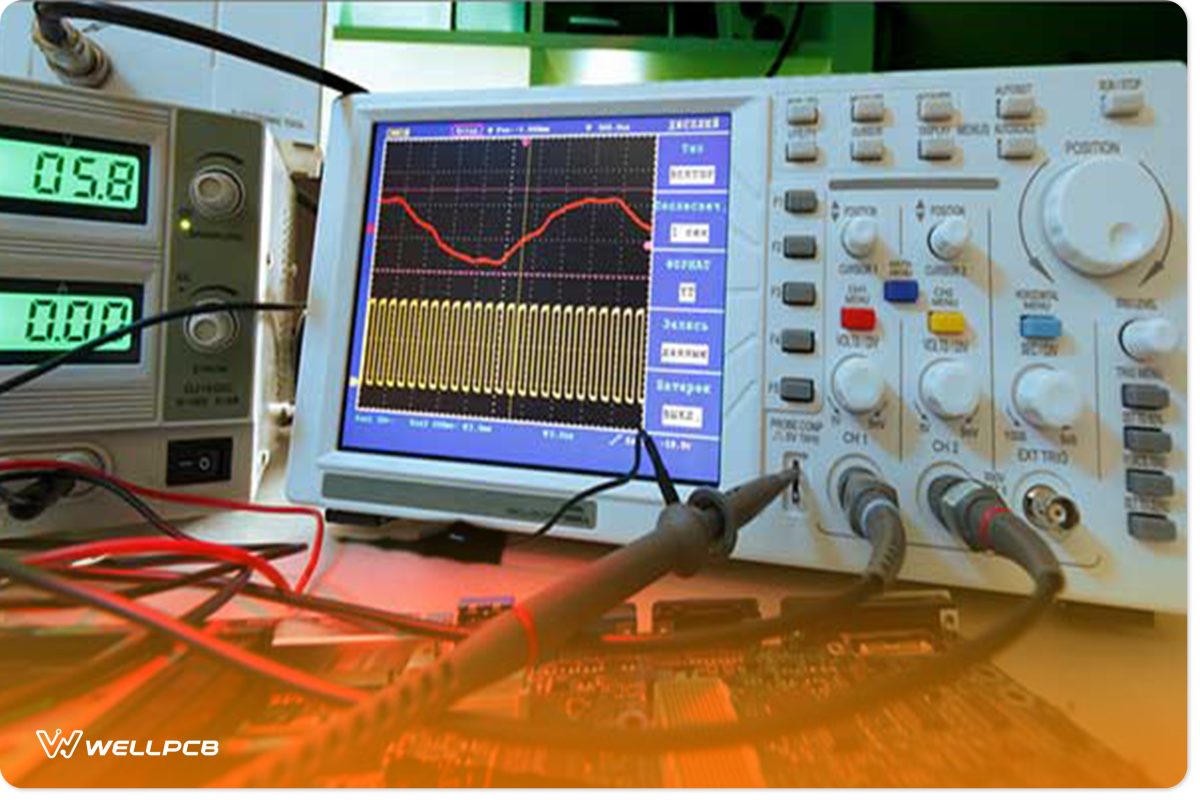
Other Ways to Reduce Costs of PCB Assembly
Low Volume PCB A is a beneficial method to reduce costs, but there are different ways to save in manufacturing PCBs.
These include:
♦ A sample program
♦ Reduced costs on repeated orders
A Sample Program
Reworking, modifying, or manufacturing the boards again means many extra expenses, which you want to avoid. That is why many companies resort to a pre-production sample program.
The idea is to design boards that serve only to ensure optimal quality and performance. Once the PSB assembly process finishes, the manufacturer sends the boards your way to ensure that everything works properly.
If there are any concerns, the client should inform the company, and the engineers and other experts will resort to moving the issues. Once everything has been modified, it is time to move on to completing the order.
Reduced Costs on Repeated Orders
Once you become a trusted client and develop a bond with the manufacturer, you may be in for some commodities. This will make it easy for a pick-and-place machine to easily pick and place the components on the PCB (PCB assembly process. Many companies don’t charge extra for NRE and stencils if you choose them for your boards’ mass production once everything goes well with the small volume SMT).
It is vital to discuss detailed terms with your manufacturer to develop a customized deal for loyal clients.
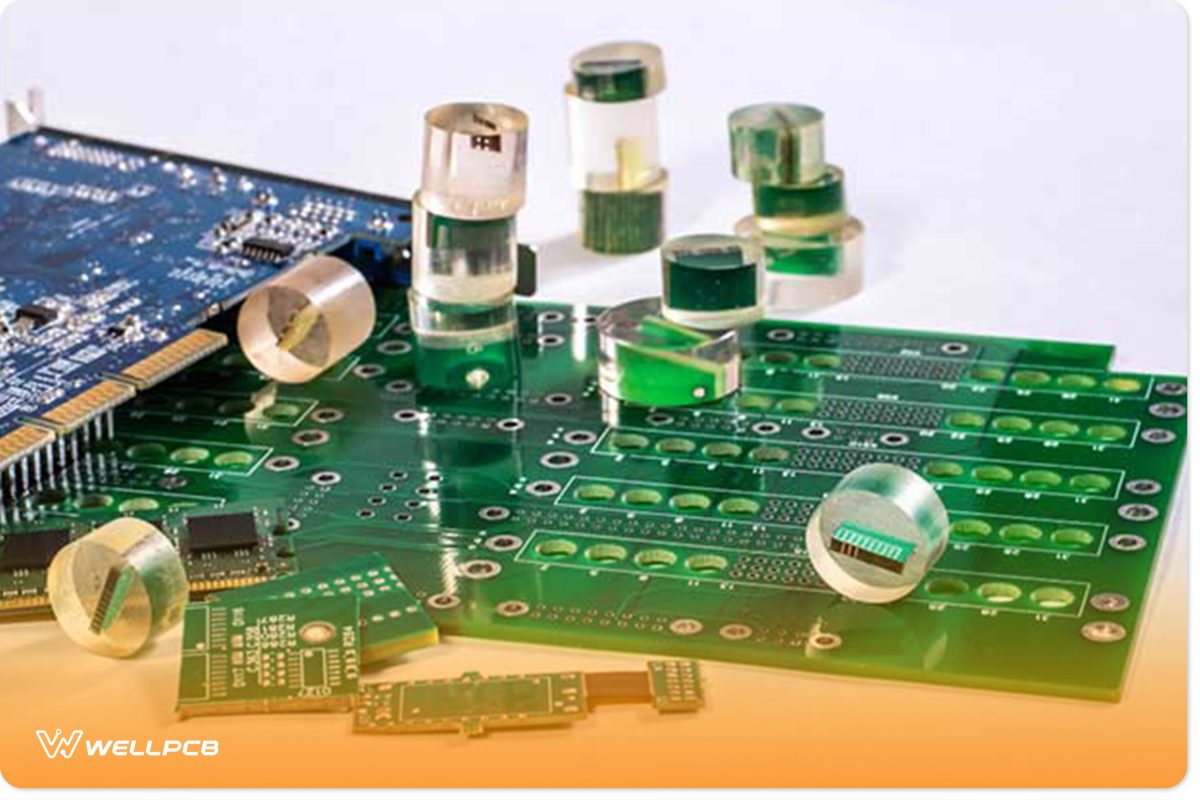
How to Choose the Manufacturer
It is not easy to choose the manufacturer to handle PCB manufacturing and assembly for your needs. You want a company with skilled engineers dedicated to their work and experts who know everything about printed circuit boards.
Here are some pointers that can help you in making the right choice:
♦ A professional company – a reliable PCB manufacturer, won’t care whether you order 5, 50, or 500 boards. They will do everything to ensure customer satisfaction, and they are willing to go the extra mile to make you a recurring client.
♦ Customize your order – the order process should be simple, and you should be able to customize it easily. That includes choosing the desired number, dimensions, layers, and other specifics of aboard.
♦ Customer support – a reliable manufacturer has to be there for you every step of the way until your order is finalized.
♦ Quick delivery time – the best companies out there will ensure that you get your boards as soon as possible.
A company that can meet all the above criteria is WellPCB. They have been in the business for years and have a long list of satisfied clients. You can find a natural order form on their homepage, and customer support is ready to help you at any point.
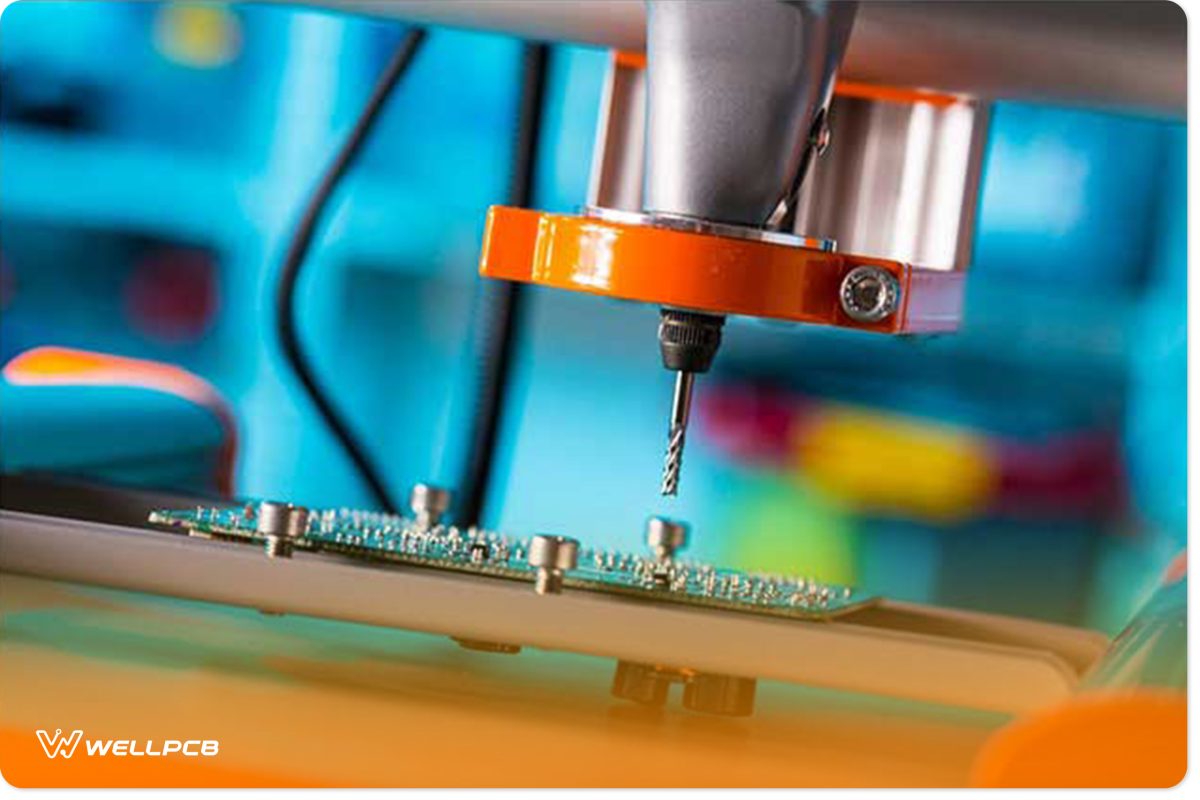
Conclusion
If you choose to place an order for low-volume PCBs, that can bring you many advantages. DFM and DFT techniques can help identify any performance problems and ensure that the board meets your application’s needs.
As long as you choose the right manufacturer, they will be there during the entire PCB assembly process. They will guide you to optimize your boards to ensure their maximum performance while controlling and minimizing overall production costs.





